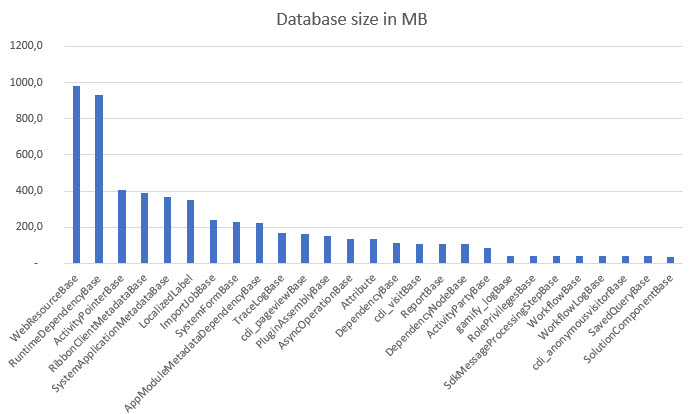The Ugly
What is really the difference between something bad and something ugly? I would say that something bad is a design decision that we might dislike or might be disadvantage to the customers, it requires some sort of conscious perspective. Ugly on the other hand is the parts where where, in this case, Microsoft just have forgotten to think about something or neglected perspectives which causes issues for partners or customers. Based on this, I would say that the following are the bad aspects of this;
Timing
Again Microsoft are rolling out a change with a rather short timeframe. They probably feel that a month or two of notice by publishing the article above is notice enough, but they have to realize that many customers cannot act that fast. If you are a small customer with extensive use of Dynamics, for instance if you are using Dynamics 365 in a B2C aspect with a Marketing Automation integration and you are targeting millions of customers with sendouts and hits on your webpage being mirrored to your Dynamics all the time, this will cause some hefty API traffic. And your org might not be very big if you are totally e-commerce oriented.
Maybe only new customers, for now
Lastly I really hope that it is true that the API limitation will not affect current customers, it is not very clear and hence we are left in the dark again. If there is a problem with application users etc not being able to log in, I hope Microsoft support will be ready for the storm that will hit them.
On the other hand, new customers might have tested the system, evaluated the costs and are now faced with this. Not sure that will be optimal either, there is risk of loosing a customer or two there.
Communication
As this is a rather drastic change and may be viewed as a “breaking change” if not the one year grace period mentioned in the licensing in general applies to this. No matter, this should have been communicated very clearly months ahead to remove any kind of doubt from partners and customers. Both via blogs, emails to admins of organizations using Application users/non-interactive users as this should be easy to figure out via telemetry. Currently no one knows exactly when this will hit them/their customers or how they are to manage it.
This is generally very unclear. I shouldn’t have to write an article like this, speculating about what is or isn’t going to happen. If I have problems figuring this out, being an MVP, customers are probably very much in the dark, both existing and new.







Recent Comments